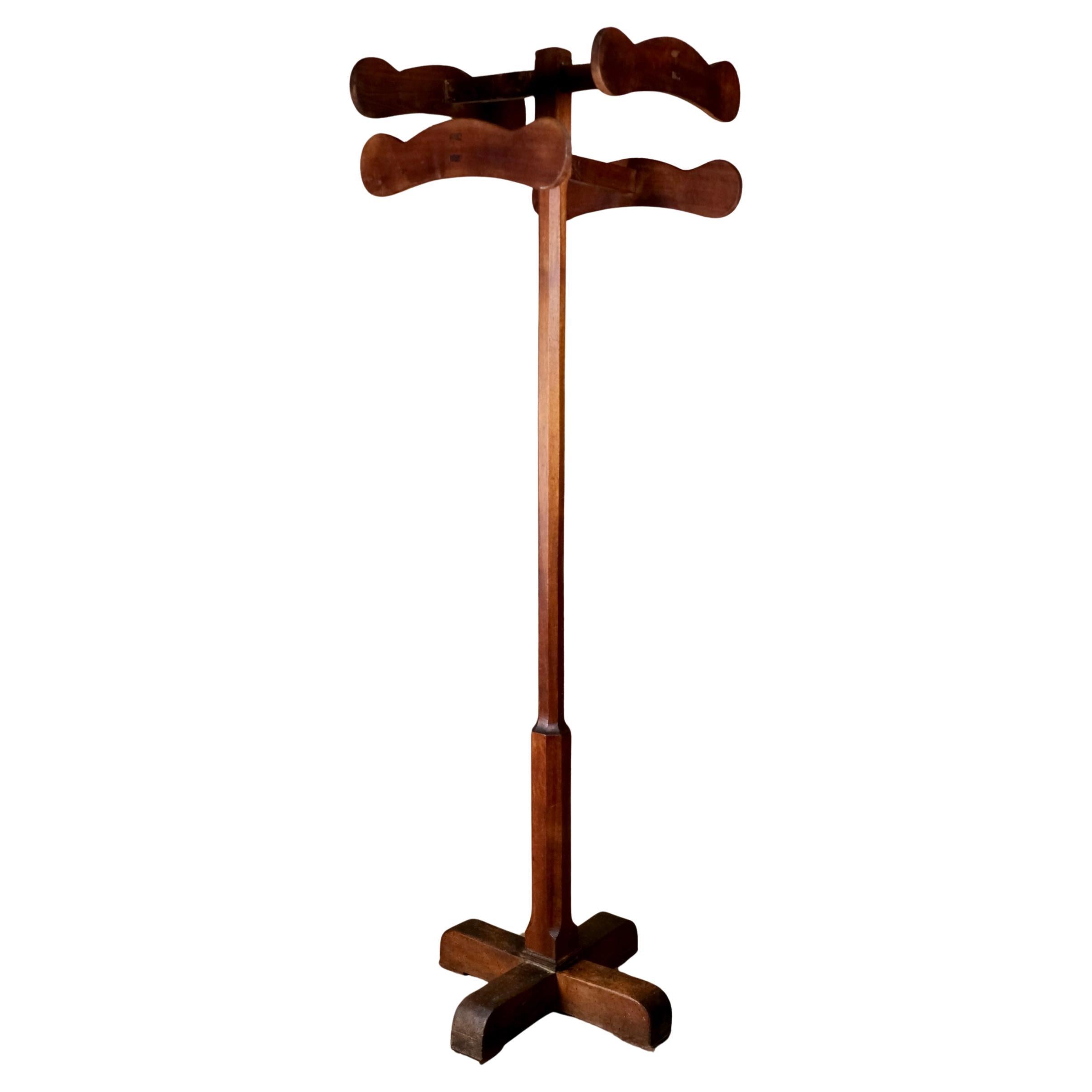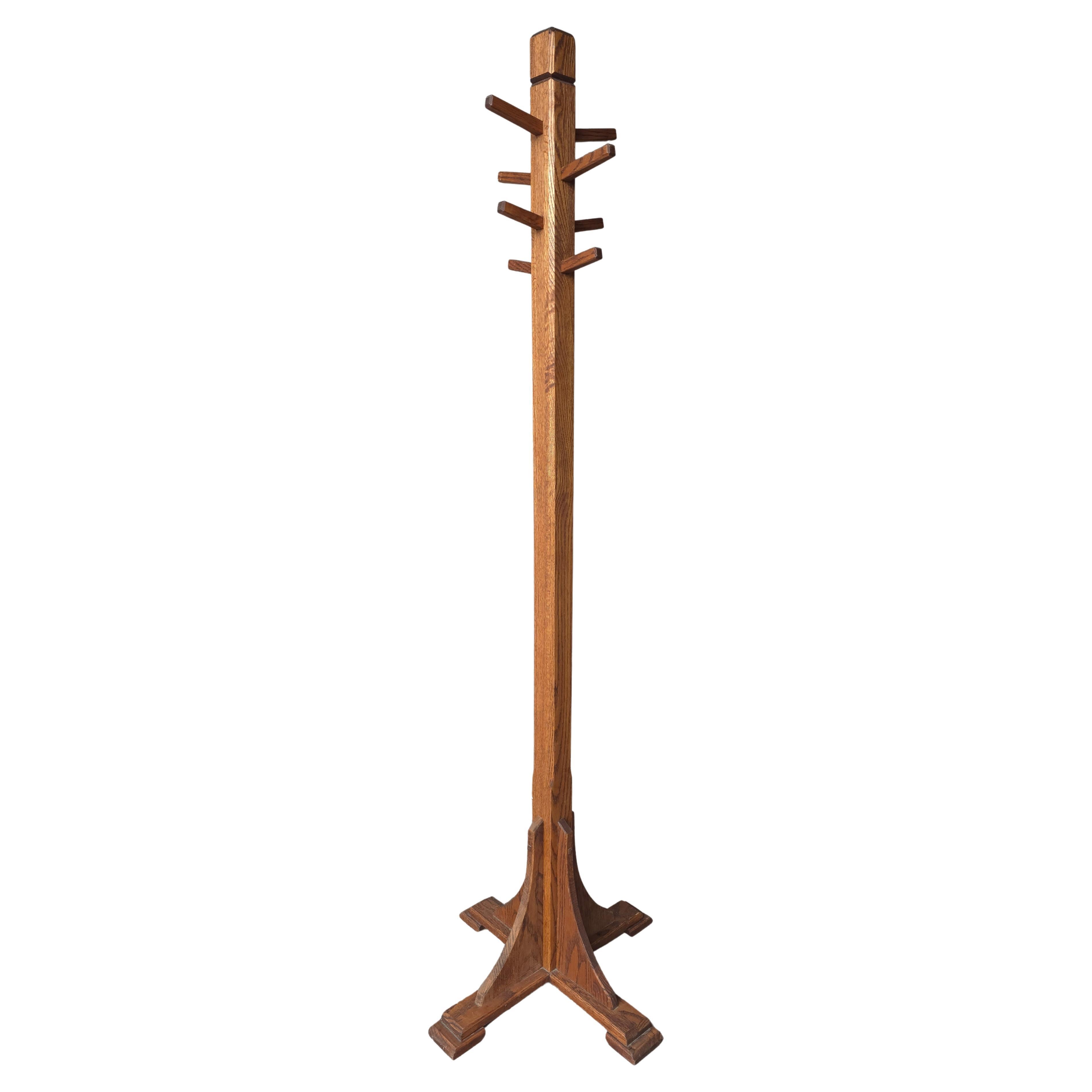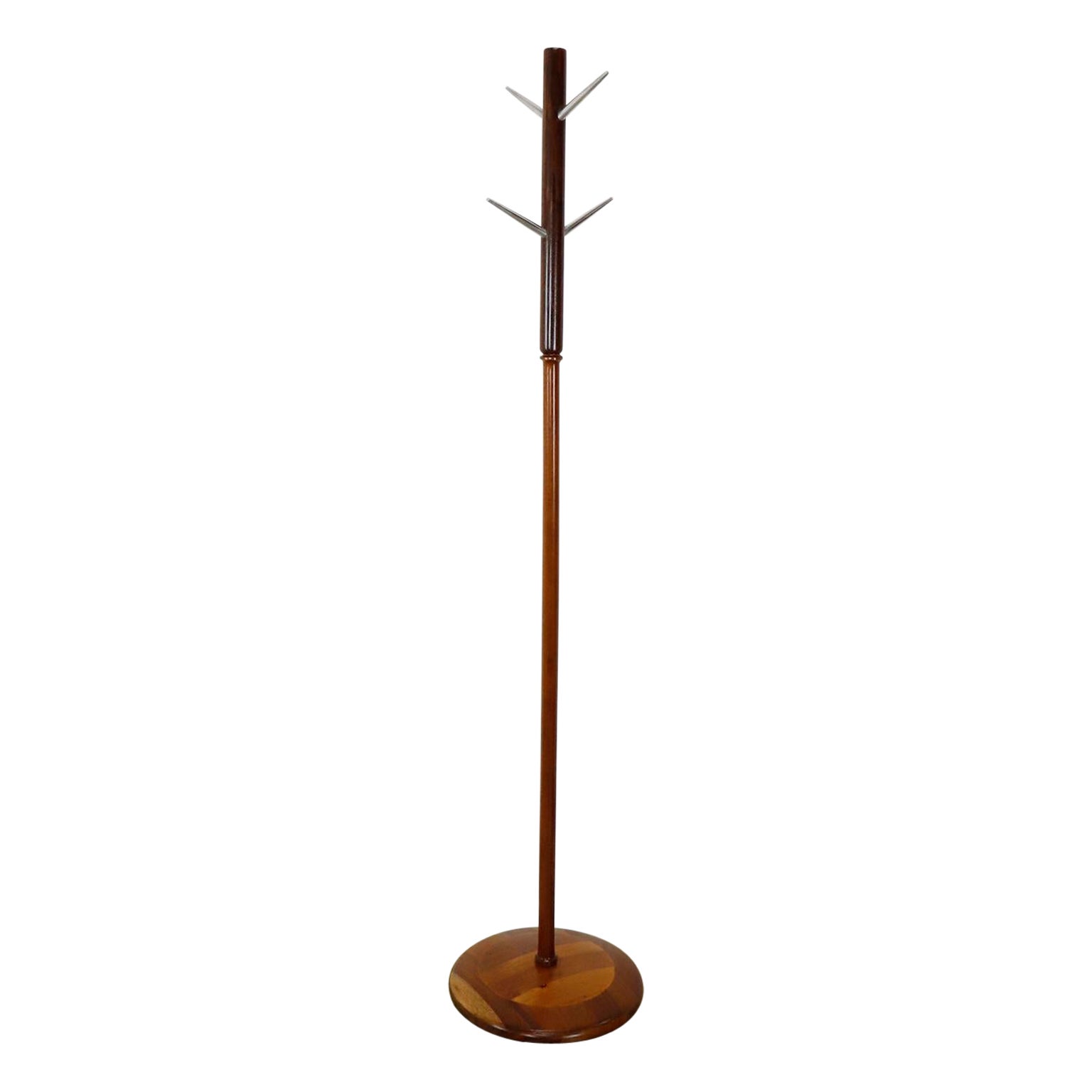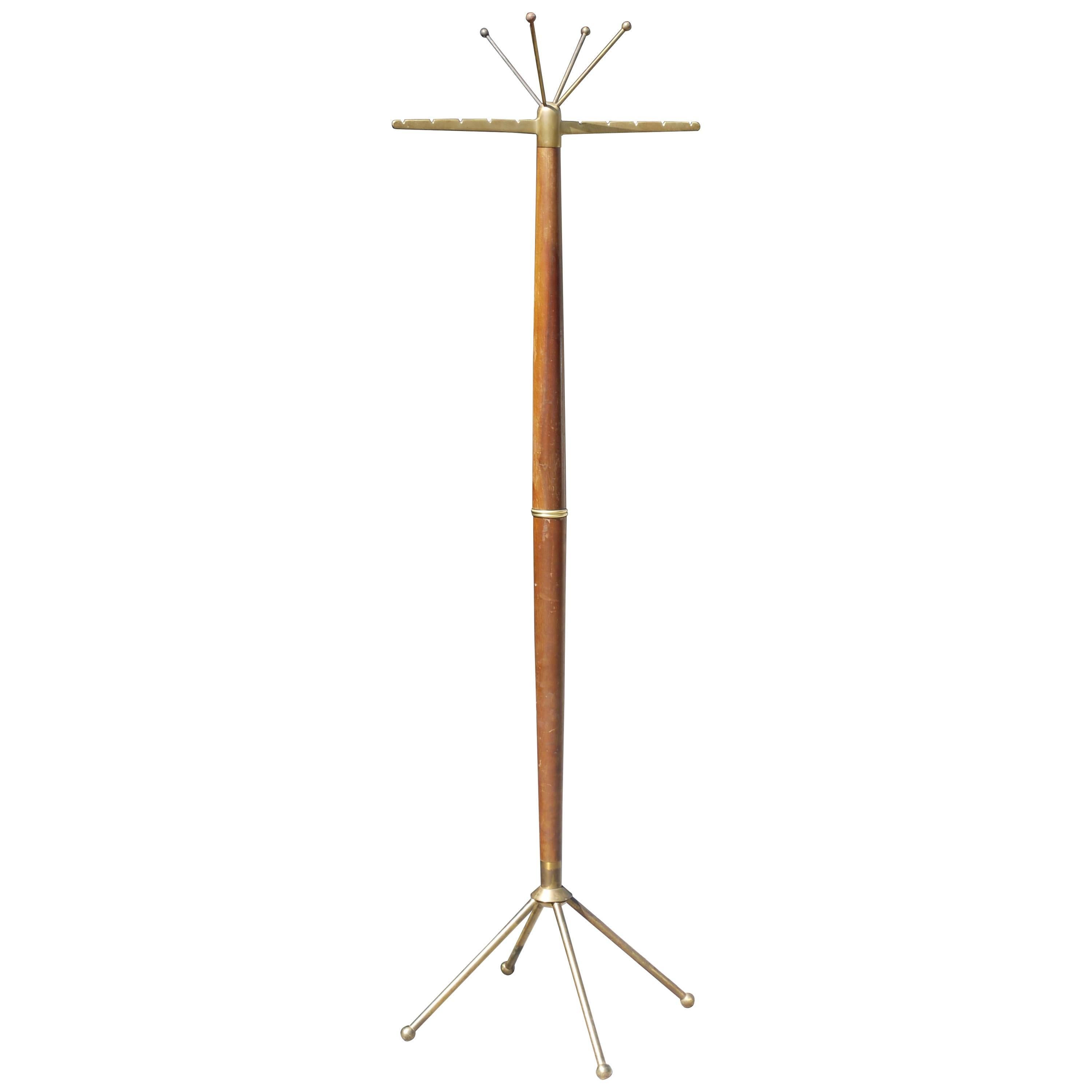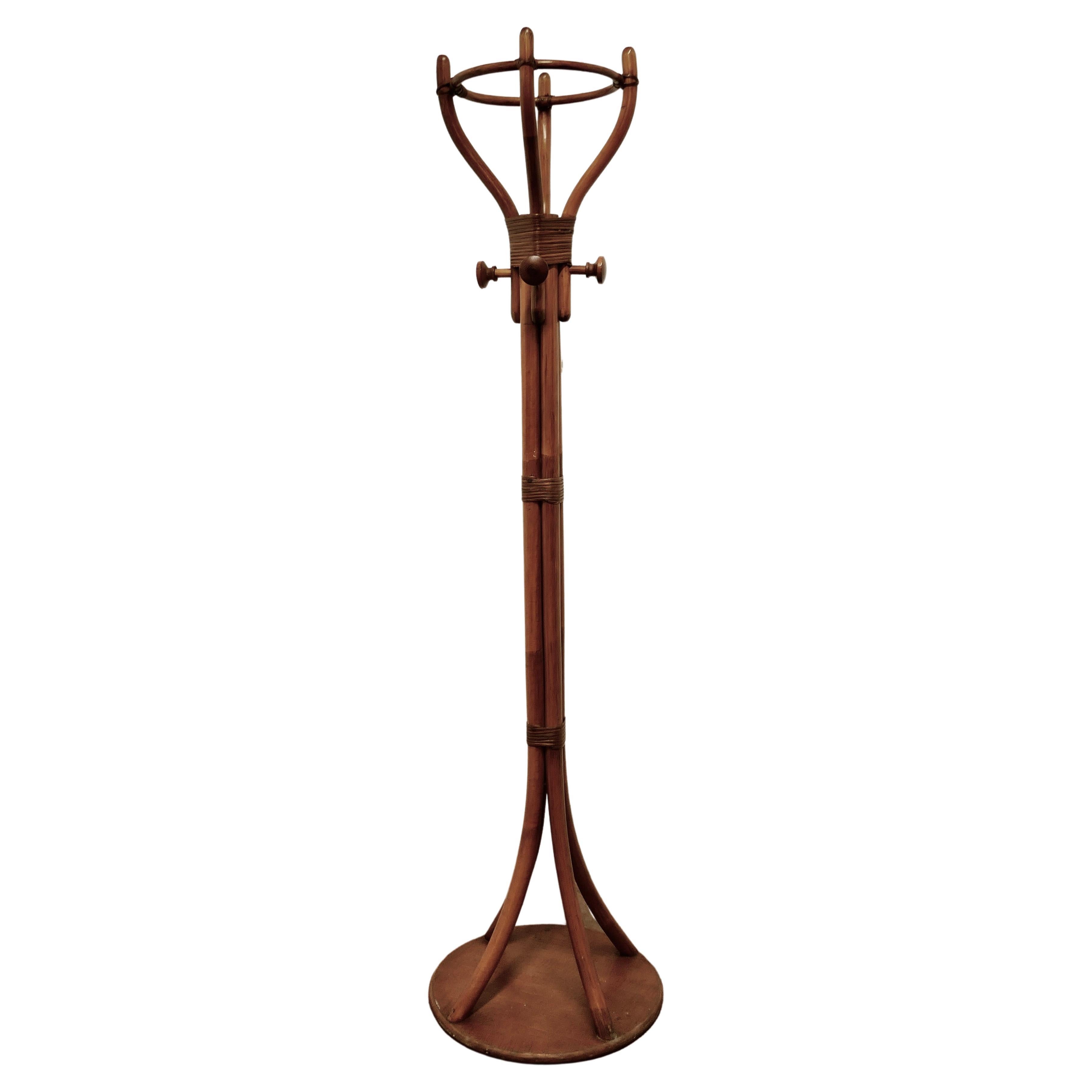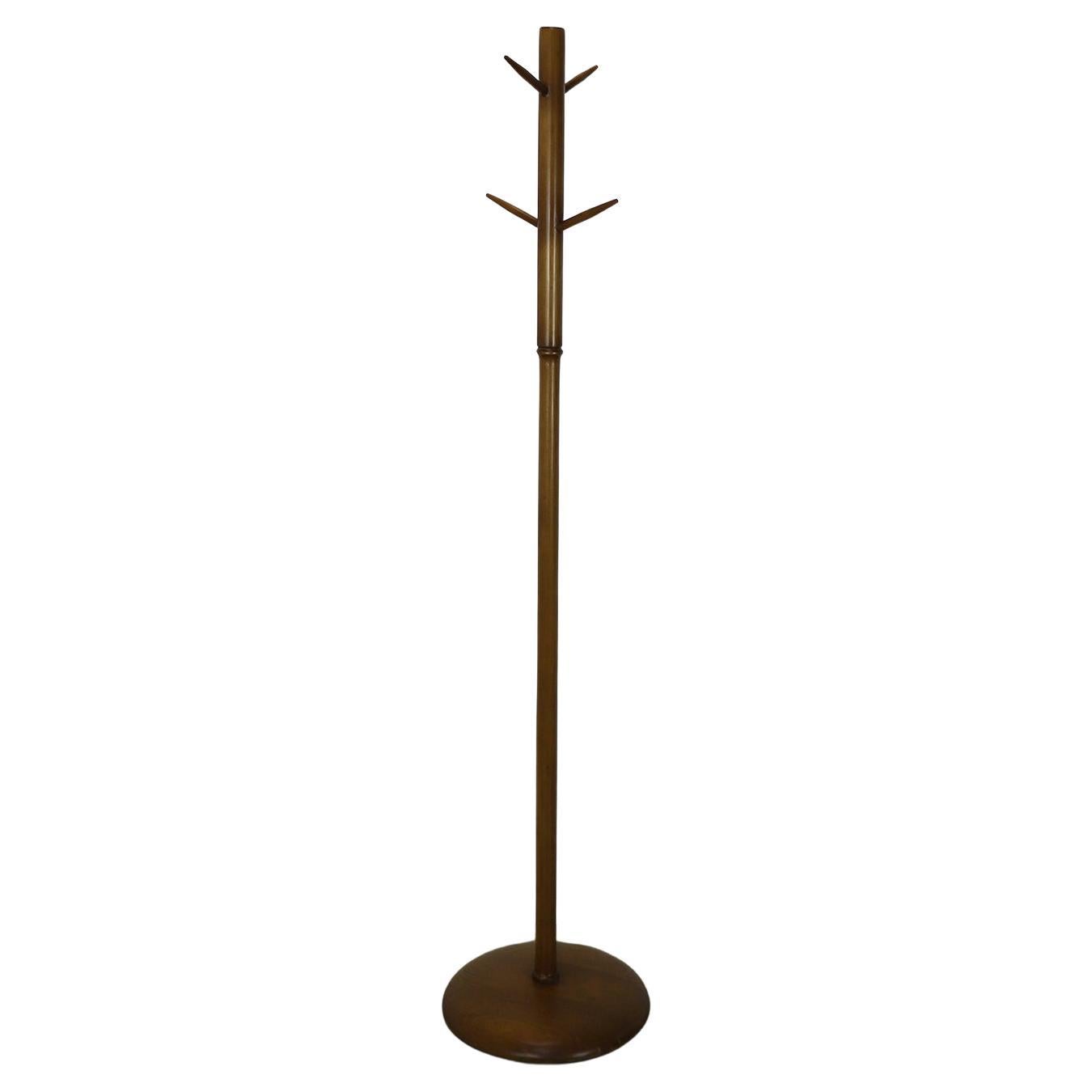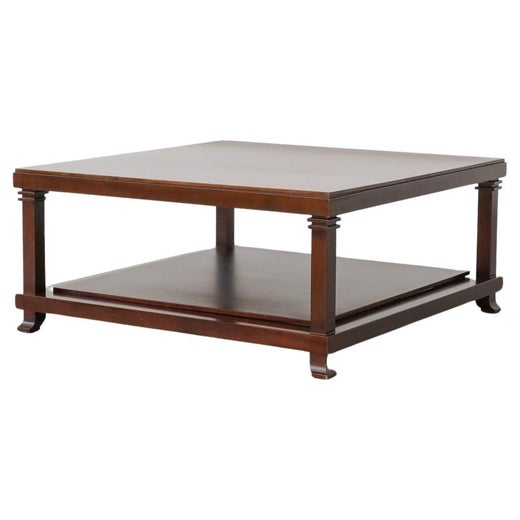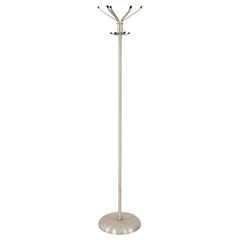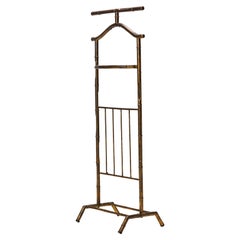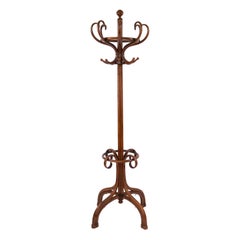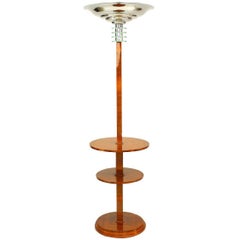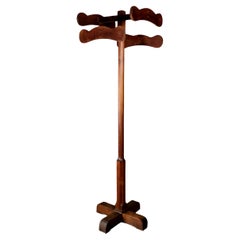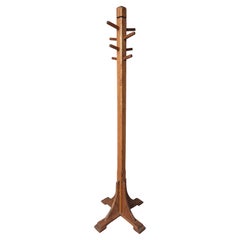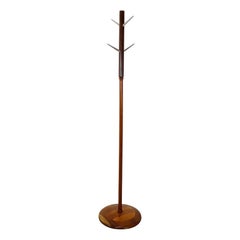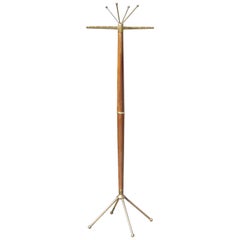Frank Lloyd Wright / Taliesen American Wooden Standing Coat Tree / Hat Rack
About the Item
- Creator:Frank Lloyd Wright (Designer)
- Dimensions:Height: 73.75 in (187.33 cm)Width: 14.5 in (36.83 cm)Depth: 14.5 in (36.83 cm)
- Style:Mid-Century Modern (Of the Period)
- Materials and Techniques:
- Place of Origin:
- Period:
- Date of Manufacture:20th Century
- Condition:Wear consistent with age and use.
- Seller Location:Queens, NY
- Reference Number:Seller: REG49751stDibs: LU977935534412
Frank Lloyd Wright
Without question the greatest architect the United States has ever produced, Frank Lloyd Wright and his philosophy of “organic architecture” — of buildings that exist in harmony with their natural surroundings — had a profound influence on the shape of modern life.
Wright gave us some of the most elegant and iconic buildings in America: residences such as Fallingwater, in rural Pennsylvania, the Robie House in Chicago, and Taliesin, Wright’s own home; and masterful institutional structures that include the Unity Temple in Oak Park, Illinois, the Johnson Wax headquarters in Racine, Wisconsin, and the Guggenheim Museum in New York. Whenever possible, Wright designed the furniture for his projects, to ensure an affinity between a building’s exterior and interior.
Wright’s wooden chairs and tables for his “Prairie Houses” of the early 1900s have sleek, attenuated forms, influenced by both the simplicity of traditional Japanese design and the work of Gustav Stickley and other designers of the Arts and Crafts movement.
For Taliesin and several residential projects, Wright designed severely geometric chairs that are marvels of reductivist design. He revisited many of these forms in the 1950s in furniture licensed to the North Carolina firm Henredon, adding a decorative frieze-like element to the edges of tables and stools. Owing to a cross-licensing agreement between Henredon and Heritage at the time, Wright's lines of the era are usually labeled Heritage-Henredon.
The works on 1stDibs also show how happily Wright embraced new forms and materials. His desks and chairs for Johnson Wax have a streamlined look and use tubular steel to the same effect as designer Warren McArthur, who collaborated with Wright in the interiors of the Arizona Biltmore Hotel. For the Price Tower (1956) in Oklahoma, Wright designed angular wooden desks as well as upholstered pedestal chairs made of chromed steel — audacious furniture for his tallest completed building project.
The beauty of Frank Lloyd Wright’s furniture designs is that while many of us wish we could live in one of his houses, his vintage sofas, storage cabinets and armchairs connect us directly to his architecture, and to the history he made.
- ShippingRetrieving quote...Shipping from: Long Island City, NY
- Return Policy
More From This Seller
View All20th Century American Mid-Century Modern Hat Racks and Stands
Metal, Aluminum
20th Century Unknown Mid-Century Modern Hat Racks and Stands
Wood, Paint
20th Century Austrian Vienna Secession Hat Racks and Stands
Wood, Bentwood
20th Century French Art Deco Floor Lamps
Chrome
20th Century Italian Mid-Century Modern Coat Racks and Stands
Metal, Chrome
Vintage 1940s French Empire Revival Floor Lamps
Iron
You May Also Like
Early 20th Century French Art Deco Coat Racks and Stands
Oak
Early 20th Century Art Deco Coat Racks and Stands
Oak
Vintage 1960s Mexican Mid-Century Modern Coat Racks and Stands
Cedar
Vintage 1960s American Mid-Century Modern Coat Racks and Stands
Brass
Vintage 1960s Mid-Century Modern Coat Racks and Stands
Bentwood
Vintage 1960s Mexican Mid-Century Modern Coat Racks and Stands
Cedar
